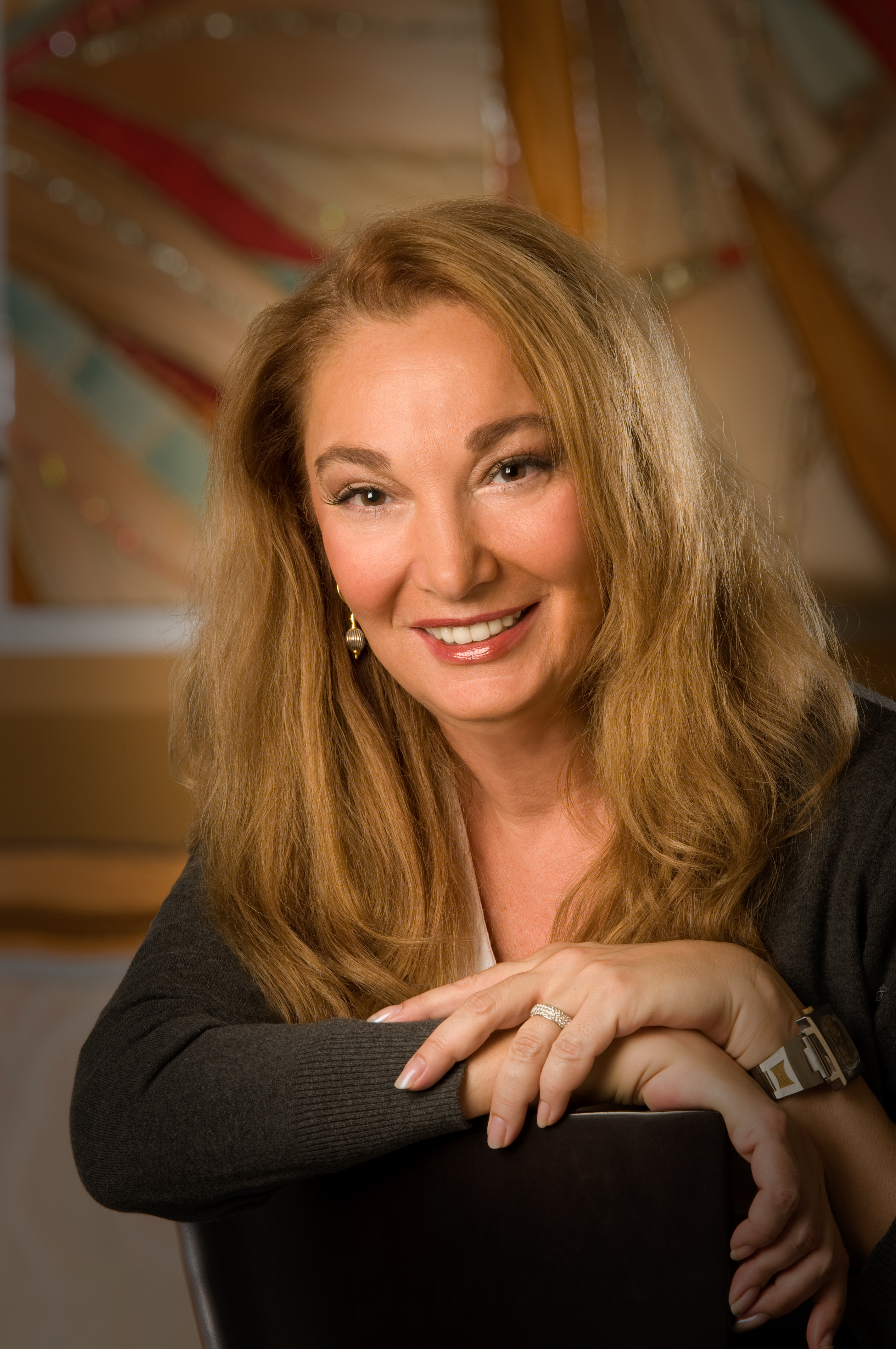A new Sarasota Quay is underway. Finally.
Long-awaited bayfront development of residential, hotel and business units breaks ground.
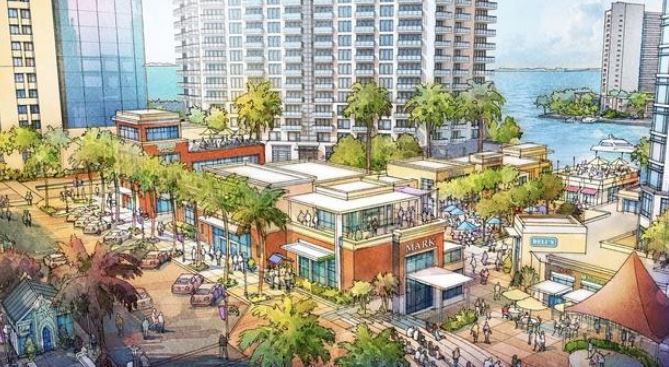
The developer’s goal is creating a place that will please the public and engage the waterfront. Those are some of the intangible goals of GreenPointe Communities LLC.
On Wednesday afternoon under mostly blue skies, the Jacksonville-based company staged an infrastructure groundbreaking ceremony at the 15-acre Quay Sarasota Waterfront District site with city commissioners and the mayor, Planning Board members, Booker High School students and others.
Before GreenPointe president Grady Miars addressed the gathering, he described the project in a Herald-Tribune interview.
The renovation and repurposing of the historic 1925 Belle Haven Apartment building on the site is a pivotal piece of the project, which is entitled to 695 residential units, 175 hotel rooms, 38,972 square feet of office space and 189,050 square feet of commercial space. The overall project represents a $1 billion investment from GreenPointe and other investors.
The Belle Haven, Miars said, is “considered to be the crown jewel of the development.”
“Right now, we’ve been actively working on the interior components, making sure that it’s suitable and stable, and then we’re going to refurbish it,” he said.
Sarasota City Manager Tom Barwin called the Belle Haven “one of the greatest buildings that has ever graced the bayfront.”
Initially, GreenPointe offices will be in the refurbished Belle Haven. Ultimately, though, the idea is to turn the structure into the central piece of the Quay, Miars said, “so it will be part of our placemaking effort.”
The project also calls for a public park leading to the waterfront, where docks will be available.
“What you’ll see in our development and in our infrastructure is it’s going to invite the public in to be able to utilize not only our central Quay and the facilities there, the retail, and also engage to the waterfront,” Miars said. “We feel that is very important.”
Rick Harcrow, GreenPointe’s regional president, said, “We dedicated ourselves to creating a special place.”
The company is coordinating plans with The Bay project directly to the north, the Sasaki design team and city officials. “We’re very much in support of what’s happening to our north,” he said of the bayfront redevelopment effort. “What’s happening around us has really evolved and has come a long way.”
Barwin appreciates the fact that the two major projects are coming to life together. “We’re especially excited it’s (the Quay) moving in tandem with the Bay,” he said.
Vertical construction is scheduled to begin this fall on a 73-unit, 18-story condominium tower called The Grande — complete with a restaurant. That work is expected to last two years.
If the national economy continues to perform well, Miars anticipates a five- to seven-year construction schedule for the entire project.
“Our expectations for the project is really what we set out for when we started in 2014,” Miars said, “to acquire a piece of land in the city of Sarasota in an area ripe for redevelopment and be able to intertwine ourselves into the fabric of Sarasota. Sarasota has so many great things that are going on, from the arts, the culture and the waterfront.
“This is one of those opportunities where we can seamlessly bridge in between those — and ultimately into downtown.”
City Commissioner Shelli Freeland Eddie applauded GreenPointe for seeking “community input at all stages of the project.”
She proposed that the company incorporate nearby Booker High School engineering and art students into the project in a shadowing program. Executives agreed immediately, she said in another interview. The collaboration will lead to job opportunities, she said. “We want to keep our best and brightest in our community.”
Pride plays a role, too. When those participating students drive by the Quay Sarasota in the future, they can say, “I had a part in that,” Freeland Eddie said.
Redevelopment plans for the 15-acre bayfront property began some 15 years ago. A few years after acquiring the land, the Irish investors leveled the old Sarasota Quay condo building in 2007. Bankruptcy and legal wrangling ended that effort and the site sat empty for years.
GreenPointe purchased the property in 2014 and now the first groundbreaking has occurred. Another will be held just ahead of vertical construction.
Sarasota Herald Tribune, May 23, 2018
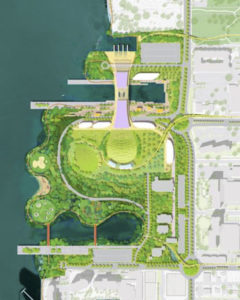 A singular vision for redeveloping the bayfront near downtown is coming into focus
A singular vision for redeveloping the bayfront near downtown is coming into focus Florida Home Prices Up, Inventory Down and Interest Rates are Iffy.
Florida Home Prices Up, Inventory Down and Interest Rates are Iffy.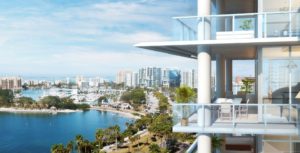 An ultra-luxury condominium tower with clear bay front views is coming to downtown Sarasota. Seaward Development’s lavish 18-story EPOCH project shows the market for multi-million-dollar condos has not passed the saturation point.
An ultra-luxury condominium tower with clear bay front views is coming to downtown Sarasota. Seaward Development’s lavish 18-story EPOCH project shows the market for multi-million-dollar condos has not passed the saturation point.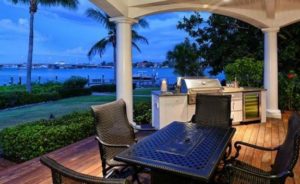 Sales of big homes for big bucks continue to be brisk in the Sarasota-Manatee real estate market. Latest sales trends show buyers’ search for value, waterfront and newer homes in current market.
Sales of big homes for big bucks continue to be brisk in the Sarasota-Manatee real estate market. Latest sales trends show buyers’ search for value, waterfront and newer homes in current market. What does the typical Florida buyer or seller look like? Only 1 in 5 (22 percent) of buyers are first-timers compared to 34 percent in U.S., and they’re typically 45 years old. On the other hand, the average seller is 60 years old, makes about $96,500 annually and owns a home that they think is too small.
What does the typical Florida buyer or seller look like? Only 1 in 5 (22 percent) of buyers are first-timers compared to 34 percent in U.S., and they’re typically 45 years old. On the other hand, the average seller is 60 years old, makes about $96,500 annually and owns a home that they think is too small.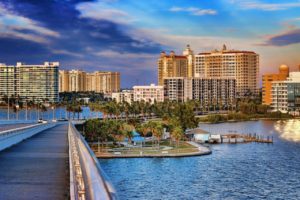 Southwest Florida’s residential real estate world is riding a winning streak, and current market conditions indicate continuing prosperity and growth. That’s the consensus evaluation of the robust home market in 2017 and the strong forecast for 2018 among industry insiders in Sarasota and Manatee counties.
Southwest Florida’s residential real estate world is riding a winning streak, and current market conditions indicate continuing prosperity and growth. That’s the consensus evaluation of the robust home market in 2017 and the strong forecast for 2018 among industry insiders in Sarasota and Manatee counties.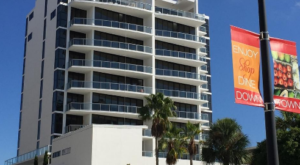 The year ahead
The year ahead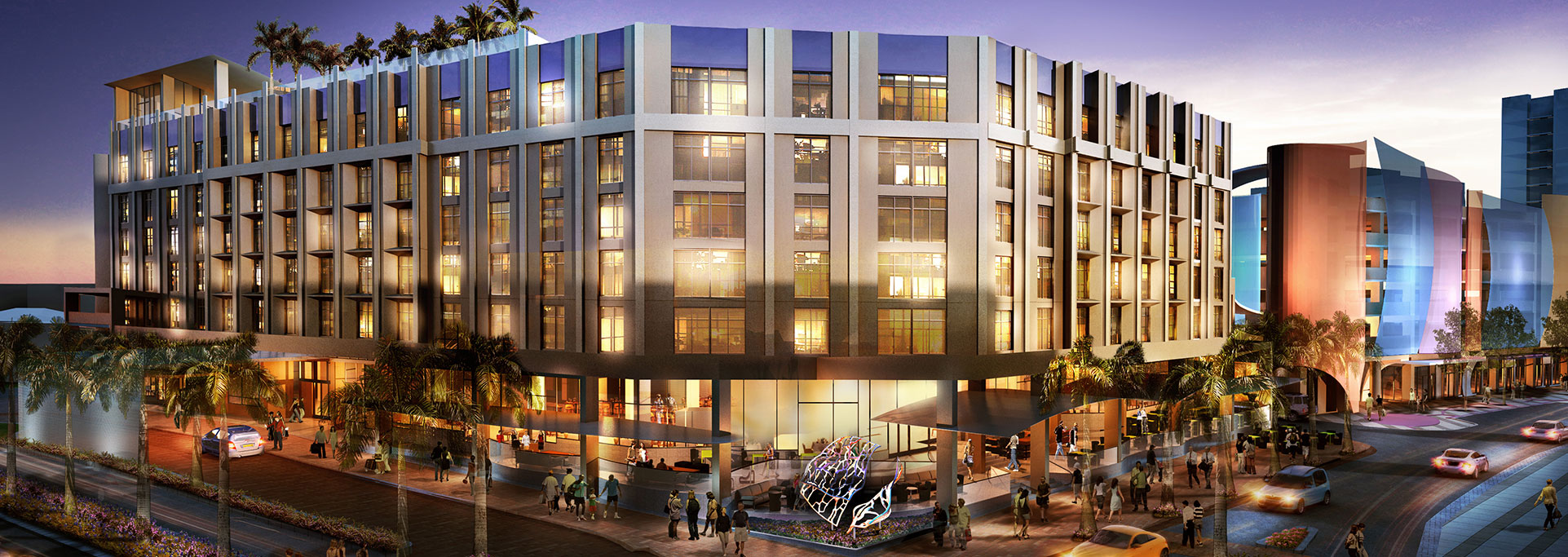
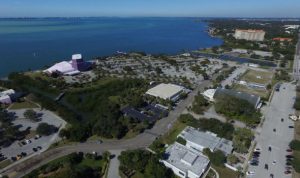 Plans are to transform the 42-acre city-owned area around the Van Wezel Performing Arts Hall into a Public arts and cultural district.
Plans are to transform the 42-acre city-owned area around the Van Wezel Performing Arts Hall into a Public arts and cultural district.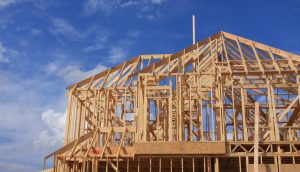 The third quarter of 2017 proved to be a gem for housing starts in the Sarasota-Manatee market.
The third quarter of 2017 proved to be a gem for housing starts in the Sarasota-Manatee market.